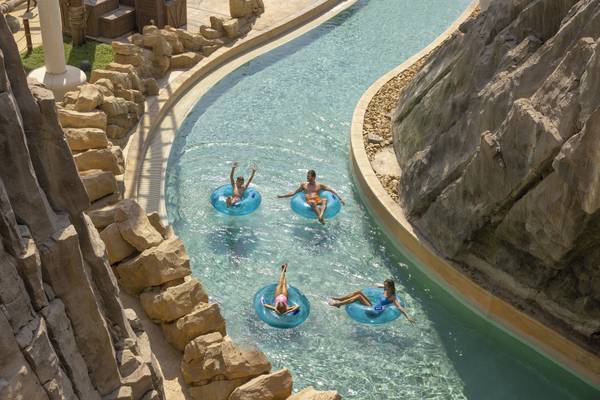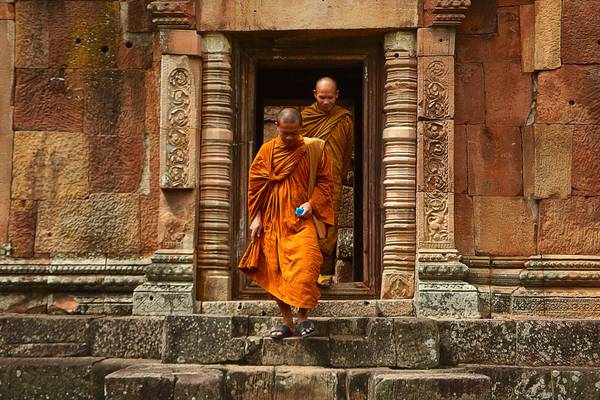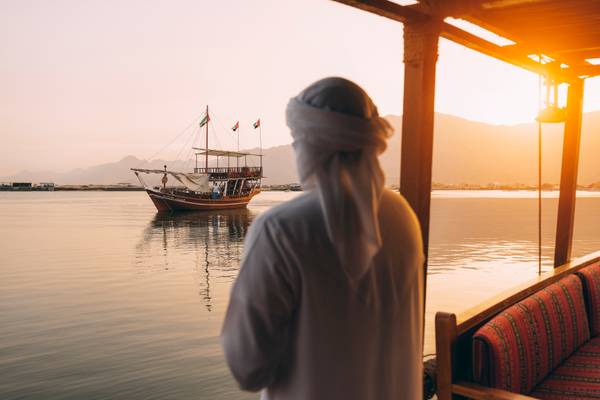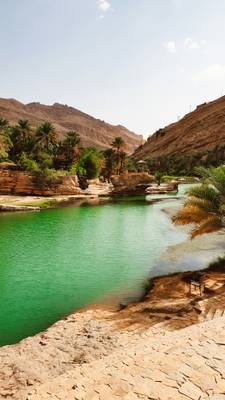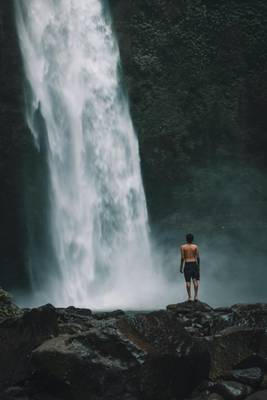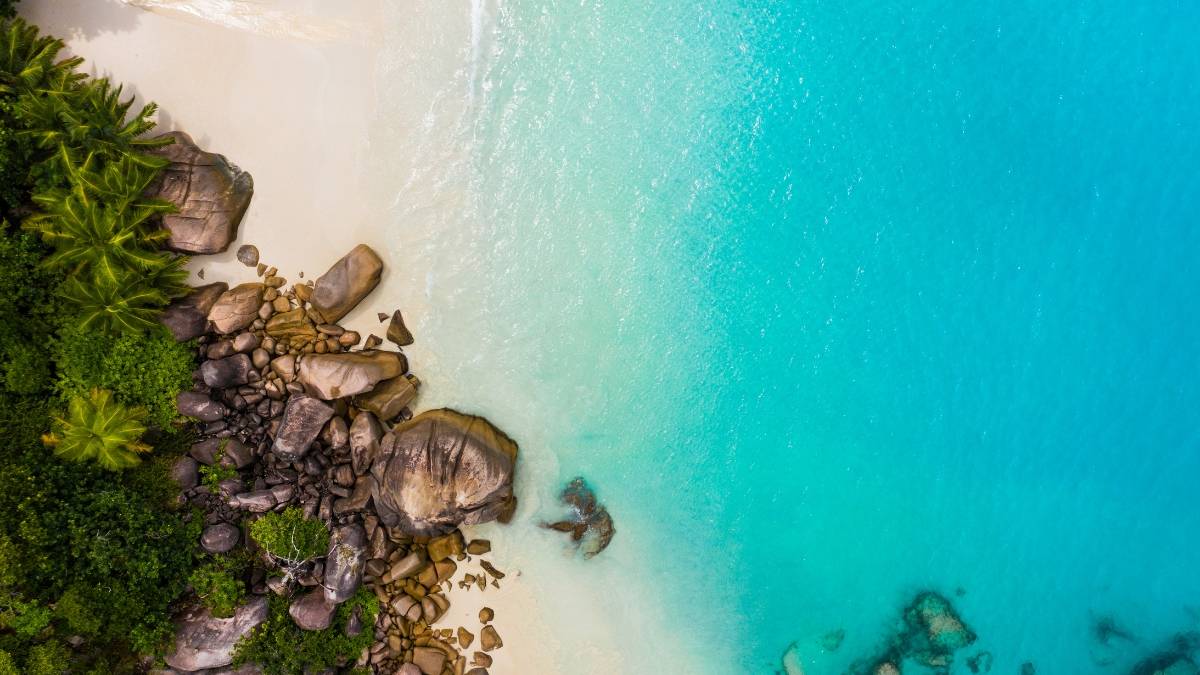
Your Seychelles Escape Awaits
Sun, Sand, and Serenity
What to see and do in the Seychelles
The Seychelles, a paradise of 115 islands in the Indian Ocean, is famous for its stunning beaches, lush nature, and rich culture. Whether you’re seeking relaxation or adventure, there’s no shortage of things to see and do in the Seychelles.
Start with the world-renowned beaches: relax on Anse Lazio in Praslin, explore the granite boulders of Anse Source d’Argent on La Digue, or enjoy snorkeling and water sports at Beau Vallon on Mahé. For nature lovers, the Vallée de Mai Nature Reserve, home to the rare coco de mer palm, and Morne Seychellois National Park offer unforgettable hikes and wildlife encounters.
The Seychelles is also a diver’s paradise, with coral reefs, tropical fish, and seasonal whale shark sightings. Don’t miss a catamaran cruise for island-hopping and breathtaking sunsets. In Victoria, the charming capital, discover local markets, colonial landmarks, and Creole culture.
Complete your trip by savoring Seychellois cuisine, from fresh seafood to Creole curries and tropical fruits. With its mix of beaches, adventure, and culture, the Seychelles is the ultimate island escape.
Start with the world-renowned beaches: relax on Anse Lazio in Praslin, explore the granite boulders of Anse Source d’Argent on La Digue, or enjoy snorkeling and water sports at Beau Vallon on Mahé. For nature lovers, the Vallée de Mai Nature Reserve, home to the rare coco de mer palm, and Morne Seychellois National Park offer unforgettable hikes and wildlife encounters.
The Seychelles is also a diver’s paradise, with coral reefs, tropical fish, and seasonal whale shark sightings. Don’t miss a catamaran cruise for island-hopping and breathtaking sunsets. In Victoria, the charming capital, discover local markets, colonial landmarks, and Creole culture.
Complete your trip by savoring Seychellois cuisine, from fresh seafood to Creole curries and tropical fruits. With its mix of beaches, adventure, and culture, the Seychelles is the ultimate island escape.
+ Show more
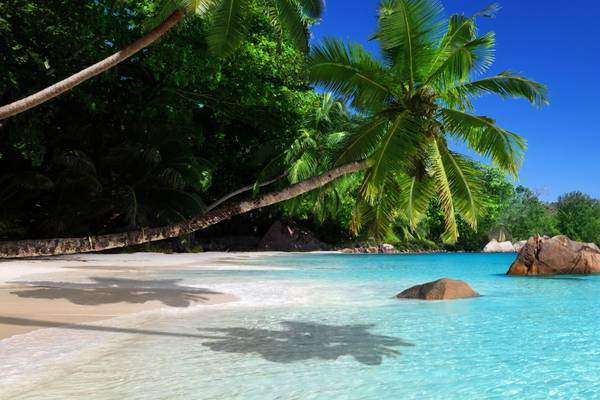
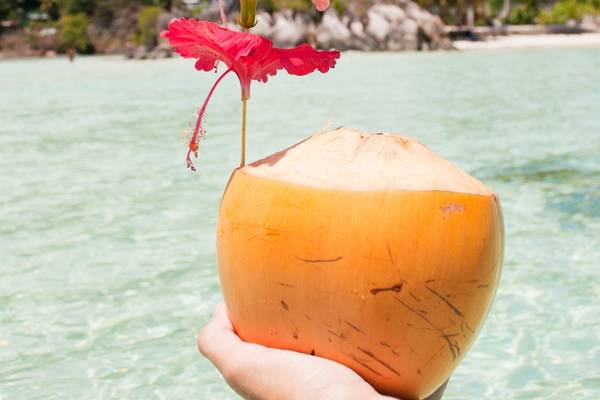
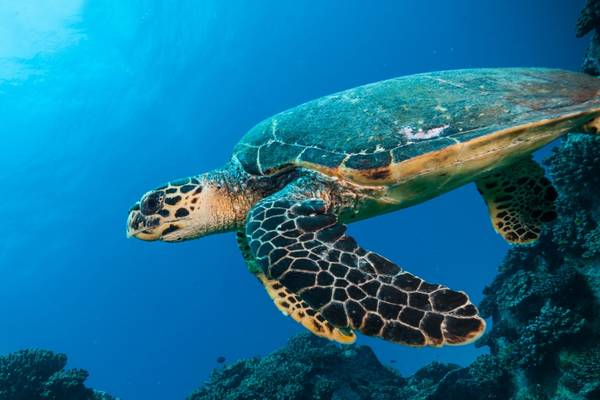
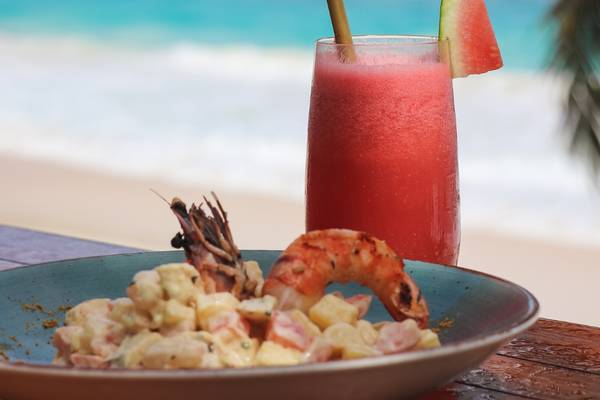
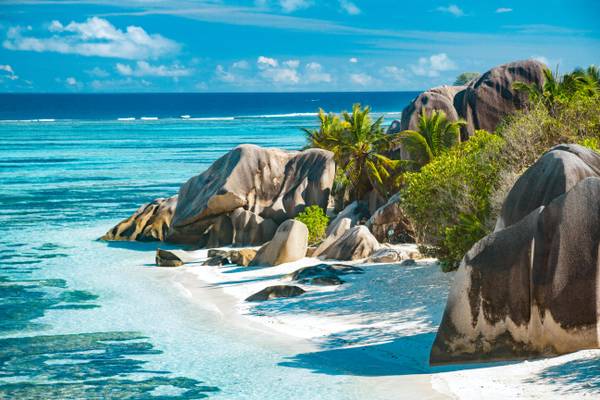

Top Deals for your holidays to the Seychelles
Top deals Syechelles
loading...
Seychelles - A vacation in the tropical heaven
Seychelles is synonymous with paradise. Coral reefs and untouched jungles envelop unhurried towns and breathtaking beaches to create a dreamy destination detached from the rigors of modern life.
Despite its remote location in the Indian Ocean, Seychelles is geared towards upscale vacations and welcomes thousands of visitors every year. From honeymooners to Europeans escaping dreary northern winters, Seychelles is made for bucket lists. It evokes images of lazy days on unimaginably beautiful beaches. For many visitors, that is enough and they could fill their vacation simply sunbathing, snorkelling in crystal-clear waters, and enjoying barbecues on the beach. But a layered history, rich creole culture, and abundant wildlife provide diversions when visitors tire of the beach. The locals refer to their own islands as “unique by a thousand miles," reflecting the sheer variety of this extended chain of islands.
Despite its remote location in the Indian Ocean, Seychelles is geared towards upscale vacations and welcomes thousands of visitors every year. From honeymooners to Europeans escaping dreary northern winters, Seychelles is made for bucket lists. It evokes images of lazy days on unimaginably beautiful beaches. For many visitors, that is enough and they could fill their vacation simply sunbathing, snorkelling in crystal-clear waters, and enjoying barbecues on the beach. But a layered history, rich creole culture, and abundant wildlife provide diversions when visitors tire of the beach. The locals refer to their own islands as “unique by a thousand miles," reflecting the sheer variety of this extended chain of islands.
Best time to travel to the Seychelles

between May and November

hot and humid climate

average temperature about 27°C (81°F)
What to see and do in the Seychelles
Known for its pristine clear turquoise waters, flora and fauna, Seychelles is so much more. From relaxing at one of its beautiful beaches, island-hopping via a private catamaran or exploring the colourful coral reefs and marine life makes Seychelles a remarkable destination.
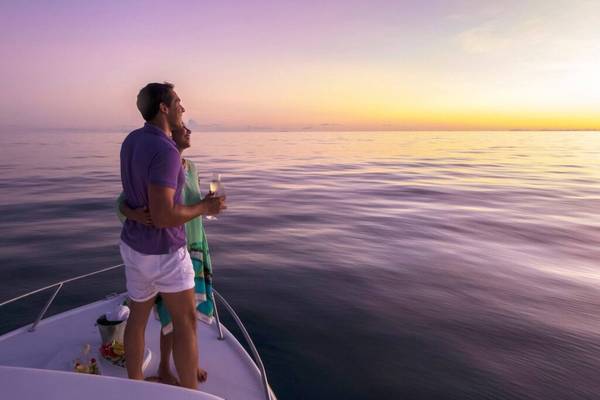
You are spoiled for choice when it comes to beautiful beaches. However, here you will find two of the most extraordinary beaches of the Seychelles.
Anse Lazio overlooking Chevalier Bay on Praslin Island checks every box. Transparent waters lap an idyllic shoreline strewn with boulders. It is one of the most photogenic locations anywhere. Another jaw-dropper sits on Seychelles’ fourth-largest island, La Digue. Anse Source d’Argent Beach is a thin strip of blond sand backed by thick groves of palm trees. Granite boulders just into the sea, providing shade for marine life and thrilling snorkeling.
Anse Lazio overlooking Chevalier Bay on Praslin Island checks every box. Transparent waters lap an idyllic shoreline strewn with boulders. It is one of the most photogenic locations anywhere. Another jaw-dropper sits on Seychelles’ fourth-largest island, La Digue. Anse Source d’Argent Beach is a thin strip of blond sand backed by thick groves of palm trees. Granite boulders just into the sea, providing shade for marine life and thrilling snorkeling.
Key facts about the Seychelles
Seychelles is known for its stunning beaches, crystal-clear waters as well as a unique plant and animal life. It consists of 115 islands off the coast of East Africa. There are two main island groups: the inner Islands, which are granitic in origin and the outer Islands, which are mostly coral atolls. However, only eight of the islands are inhabited and most Seychellois live on just three islands: Mahé, Praslin and La Digue. The largest, Mahé, is home to the 'world's smallest capital', Victoria.
It wasn't until 1756 that the island was settled with the arrival of a French frigate. The islands were named after the French finance minister of the day, Jean Moreau de Séchelles. The Napoleonic Wars saw the British Navy seize the islands in 1796 and Seychelles remained a British colony until peacefully claiming independence in 1976. Since then tourism strongly boosted the economic growth, fueled by the opening of Seychelles International Airport in 1971.
It wasn't until 1756 that the island was settled with the arrival of a French frigate. The islands were named after the French finance minister of the day, Jean Moreau de Séchelles. The Napoleonic Wars saw the British Navy seize the islands in 1796 and Seychelles remained a British colony until peacefully claiming independence in 1976. Since then tourism strongly boosted the economic growth, fueled by the opening of Seychelles International Airport in 1971.
Facts

archipelago with 115 granite & coral islands

capital: Victoria

biggest island: Mahé
Weather & stay at the Seychelles
Sitting just below the equator in the southern hemisphere, Seychelles enjoys a hot and humid climate throughout the year. Peak season is May to November, during the Seychelles winter. However, most visitors prefer the months April, May, October and November. During this period, the climate is pleasant and relatively dry, and there are fewer tourists competing for the sunbeds. Local thermometers barely shift from winter to summer. Annual average temperatures are about 27°C (81°F), with temperatures changing just two or three degrees in either direction.
While peak season is perfectly timed for vacations from the northern hemisphere, winter escapees must contend with significant rainfall from October to April. The wettest month is January, with an average monthly precipitation of 379 mm (14.9 in.) Rainfall is heaviest on mountainous islands, like Mahé. Unsurprisingly, humidity is high, especially during the summer. And while the main islands are rarely affected, cyclone season arrives every December to March. The combination of monsoon rains, hotter days and heightened humidity makes the Seychelles summer marginally less appealing for visitors. Yet December and January still draw significant tourist numbers as people flee gloomy northern winters.
Swimming in glassy waters lapping idyllic beaches is the main attraction. Access to the waters can be affected by high and low tides and the seasons. In fact, several tiny islands become mere specks of sand during high tide. Some are predicted to be permanently submerged by rising sea levels. However, the rolling tides have less impact on the inhabited islands, and waters are always accessible from popular beaches. Use a reliable guide for current information.
While peak season is perfectly timed for vacations from the northern hemisphere, winter escapees must contend with significant rainfall from October to April. The wettest month is January, with an average monthly precipitation of 379 mm (14.9 in.) Rainfall is heaviest on mountainous islands, like Mahé. Unsurprisingly, humidity is high, especially during the summer. And while the main islands are rarely affected, cyclone season arrives every December to March. The combination of monsoon rains, hotter days and heightened humidity makes the Seychelles summer marginally less appealing for visitors. Yet December and January still draw significant tourist numbers as people flee gloomy northern winters.
Swimming in glassy waters lapping idyllic beaches is the main attraction. Access to the waters can be affected by high and low tides and the seasons. In fact, several tiny islands become mere specks of sand during high tide. Some are predicted to be permanently submerged by rising sea levels. However, the rolling tides have less impact on the inhabited islands, and waters are always accessible from popular beaches. Use a reliable guide for current information.
Transportation – Getting to and around Seychelles
Exploring the islands without a guide involves a mix of transport options. Catamaran ferries connect populated islands, while numerous boats are available to charter for visiting other islands. For something extra special and want to enjoy a breathtaking panoramic view of the Seychelles, look at helicopter or water-plane flights. Another compelling alternative and the best way to explore an island, is to rent a bike.
On Mahé and Praslin, hiring a car is a generally safe and convenient way to tour the island. However, mountain roads can be treacherous, especially during the wet summers.
For airport transfers, shuttle buses and taxis can be reserved before or upon arrival.
On Mahé and Praslin, hiring a car is a generally safe and convenient way to tour the island. However, mountain roads can be treacherous, especially during the wet summers.
For airport transfers, shuttle buses and taxis can be reserved before or upon arrival.
Seychelles Events 2024
Seychelles in 2024 offers a vibrant tapestry of events that celebrate its rich culture, stunning natural beauty, and commitment to sustainability. Here's what's happening:
All Our Destinations. All in One Place.
1/10


